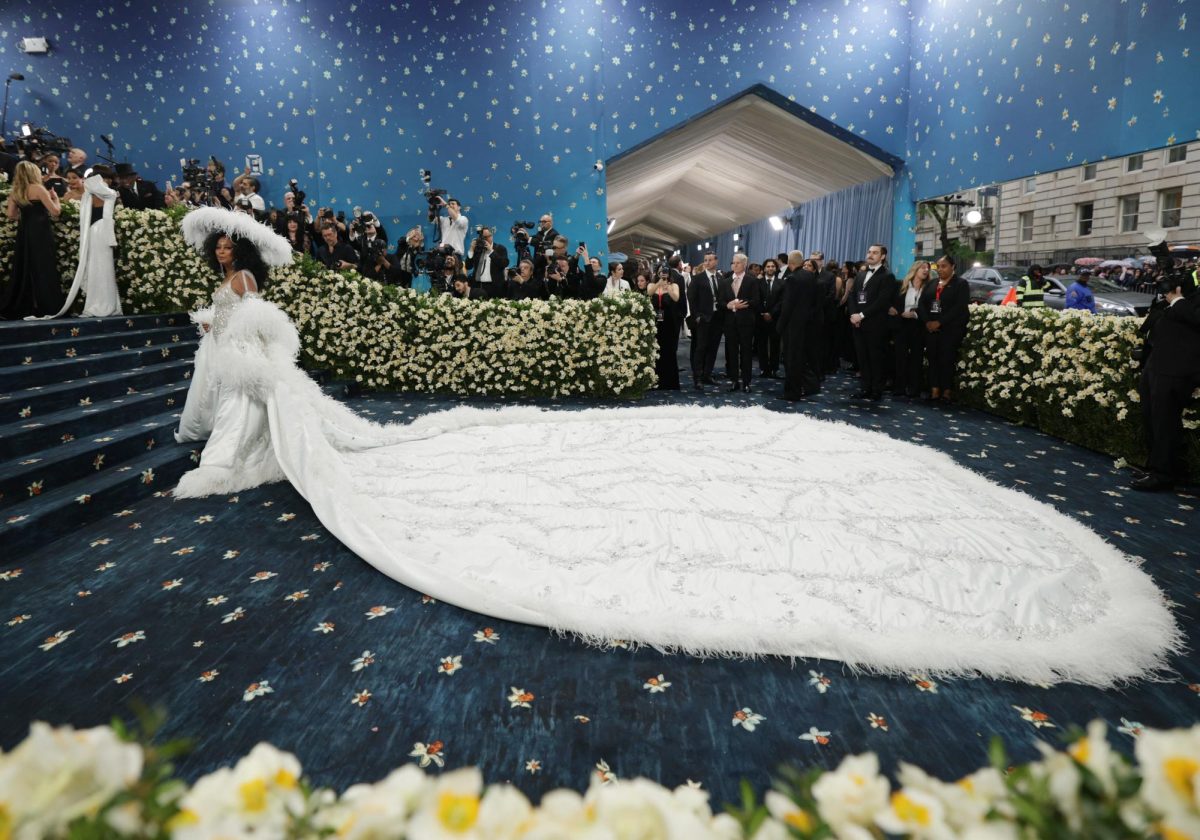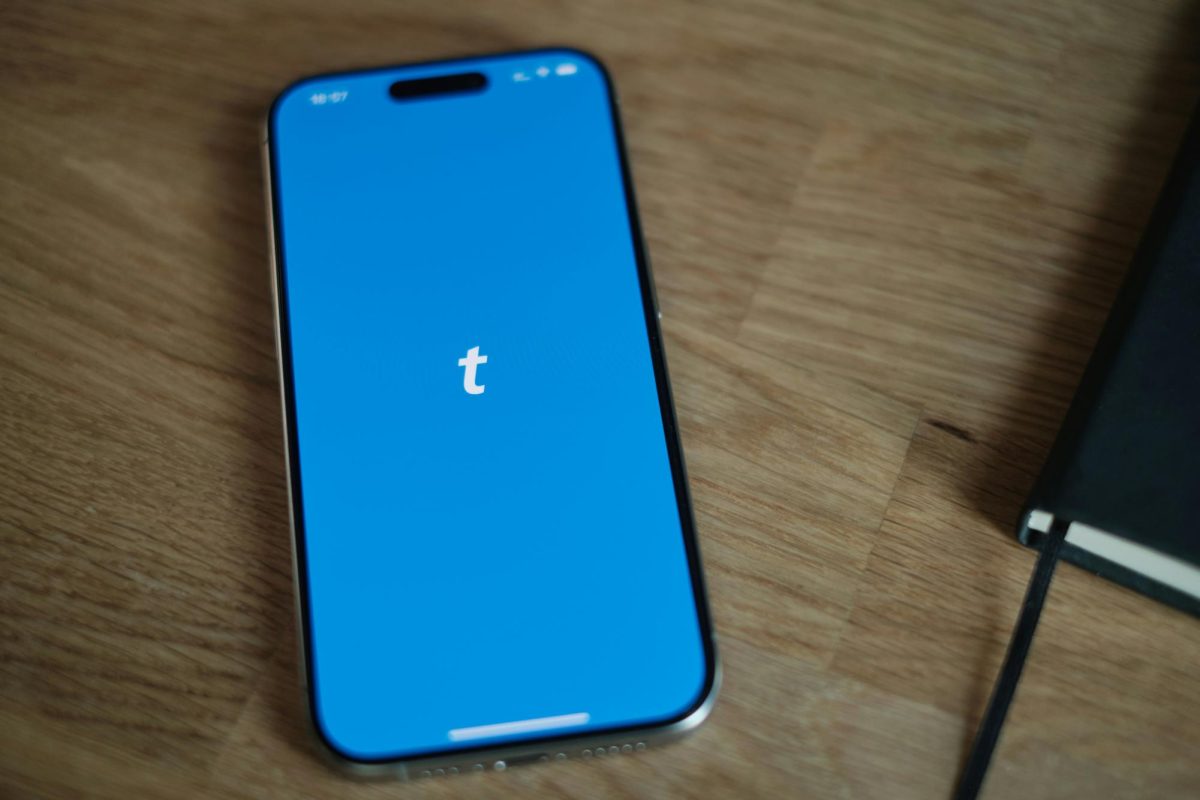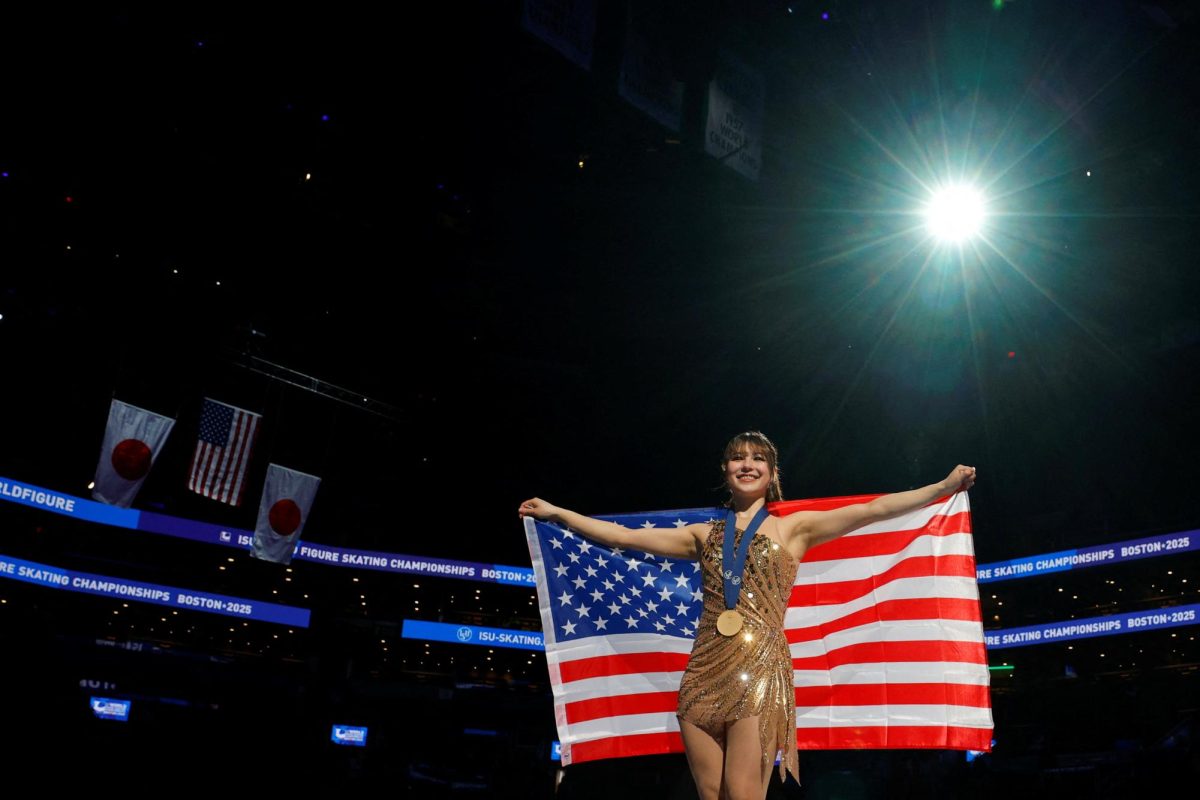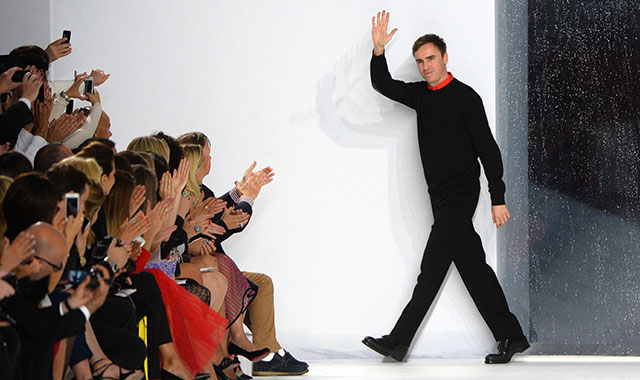The Fashion File: Dior and Fast Fashion
October 22, 2015
Today, Christian Dior announced the departure of Raf Simons, Creative Director for the brand since 2012, from the company. This is the esteemed couture house’s second restructuring in the last five years, with former Creative Director John Galliano departing in 2011 following a scandal.
Simons’ decision to leave the brand is “based entirely and equally on my desire to focus on other interests in my life, including my own brand, and the passions that drive me outside of my work,” according to a statement from Simons.
Currently, no successor has been named, but the fashion industry is speculating about who will be appointed. According to fashion journalist Nico Bellay, there are rumors that the replacement could either be Riccardo Tisci of Givenchy or Phoebe Philo of Céline.
This news comes just a few months after Alexander Wang’s departure from Balenciaga and a few weeks after Marissa Webb’s departure as Creative Director of Banana Republic.
Each of these designers left their posts after less than five years in the positions, which is much shorter than the length of time Creative Directors have served in the past.
The more conventional thought is echoed by Karl Lagerfield of Chanel and Fendi, who said in an interview that he will design for the labels until he is dead.
This shift in thought seems to reflect a change in the fashion industry as a whole, as it moves from haute couture into “fast fashion.”
The “fast fashion” ideology has been spread by brands such as Forever 21, H&M and Zara, who have a constant rotation of cheap, trendy clothing.
As retail moves into a much quicker timeline, design houses such as Balenciaga, Dior and others are feeling the pressure to work faster and less traditionally.
In “Dior and I,” the 2014 film that documents Simons’ first couture collection for the brand, Simons pulls together his July 2012 collection in just four weeks.
Perhaps this pressure is causing Creative Directors to leave companies to work at less stressful posts. However, these designers each impacted their respective labels in important ways that contributed to each brand’s lengthy history.
“Christian Dior is an extraordinary company, and it has been an immense privilege to write a few pages of this magnificent book,” Simons said in his departing statement.






















































